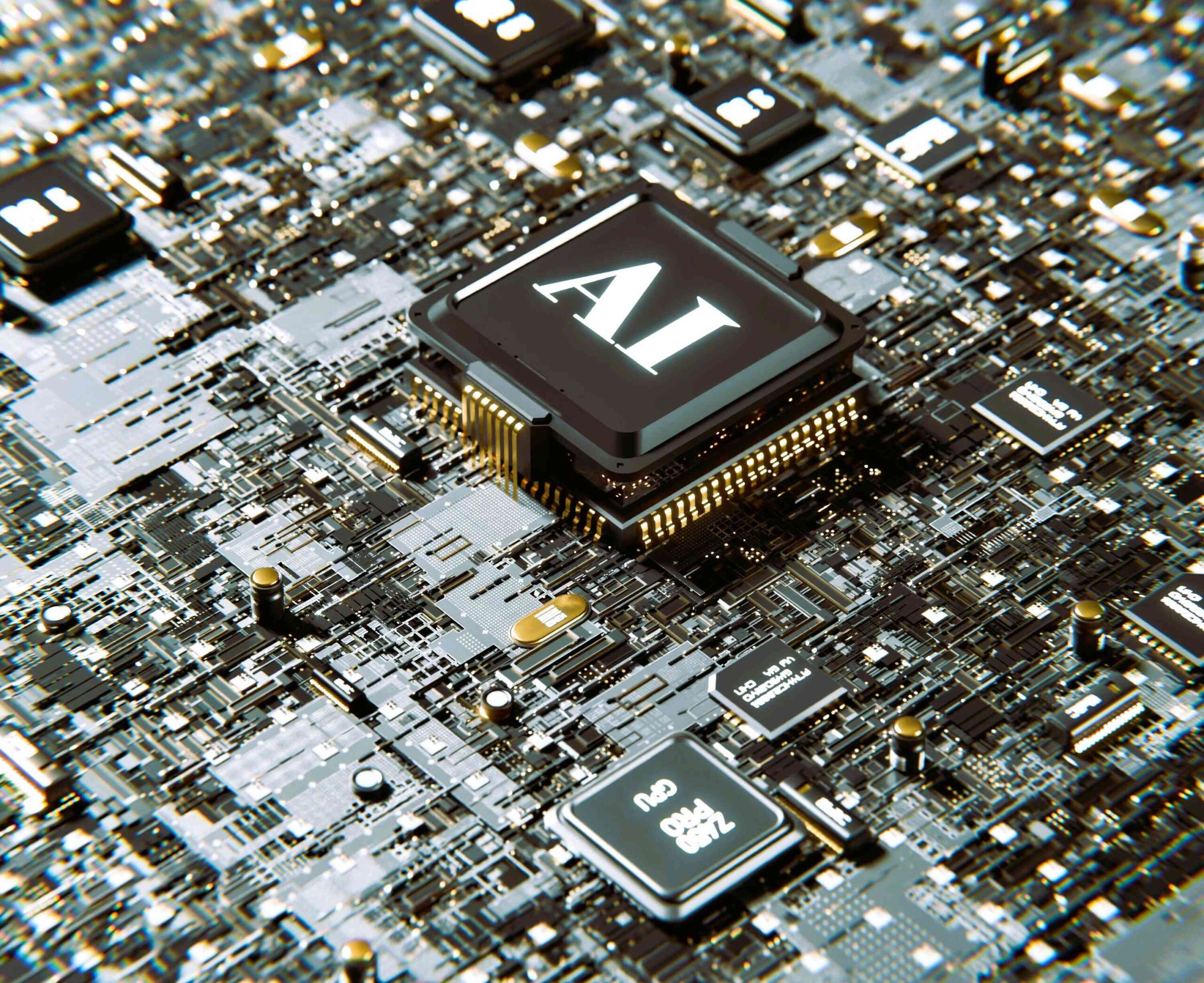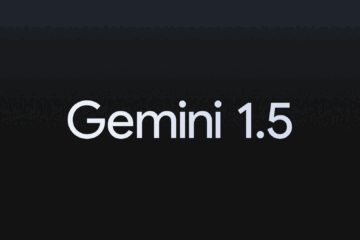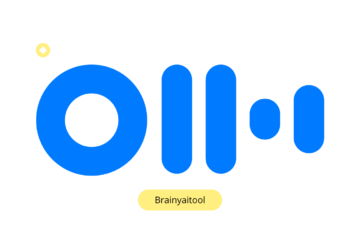Anthropic, a research company co-founded by former OpenAI employees, has released Claude 3, a new AI language model that is claimed to be more powerful and capable than its predecessors. Claude 3 is built on top of Anthropic’s Claude AI platform, which is designed to be more reliable and safer than other AI platforms.
What is Claude 3?
Claude 3 is a large language model (LLM) with 137B parameters, trained on a massive dataset of text and code. It can generate text, translate languages, write different kinds of creative content, and answer your questions in an informative way, even if it is strange, very difficult, or open-ended.

Claude 3 Capabilities
Claude 3 can perform a wide range of tasks, including:
• Creating various forms of creative text, such as poems, code, scripts, musical compositions, emails, letters, etc., and responding to your inquiries in an informative manner, regardless of whether they are open-ended or challenging, or strange.
• Translating languages with high accuracy and fluency.
• Writing different kinds of creative content, such as poems, stories, scripts, and musical pieces.
• Answering your questions in an informative way, even if they are strange , challenging, or open ended.
Claude 3 vs. Other AI Language Models
Claude 3 is compared to other AI language models, such as GPT-3 and Jurassic-1 Jumbo. It is claimed to be more capable of generating different creative text formats, like poems, code, scripts, musical pieces, email, letters, etc., and answering your questions in an informative way, even if they are unusual, challenging, or open ended.
Anthropic Claude 3 API
Anthropic also released the Anthropic Claude 3 API, which allows developers to integrate Claude 3’s capabilities into their applications. The API is available for free for non-commercial use, and there are different pricing plans for commercial use.
How to Use Claude 3
Claude 3 can be used in a variety of ways, including:
• Through the Anthropic Claude 3 API.
• Through the Anthropic Claude 3 web interface.
• Through the Anthropic Claude 3 command-line interface.
Benefits of Using Claude 3
It offers a number of advantages, including:
• It is more powerful and capable than other AI language models.
• It is built on top of Anthropic’s Claude AI platform, which is designed to be more reliable and safer than other AI platforms.
• The Anthropic Claude 3 API allows developers to integrate Claude 3’s capabilities into their applications.
Applications of Claude 3
Claude 3 can be used in a variety of applications, including:
• Generating creative content.
• Translating languages.
• Answering questions.
• Chatbots.
• Virtual assistants.
• Content generation.
• Code generation.
• Script generation.
• Musical piece generation.
• Email generation.
• Letter generation.

How does Claude 3 work?
Claude 3 is a large language model (LLM) that works based on the Transformer architecture.
• The Transformer consists of multiple layers of self-attention units.
• Self-attention units allow the Transformer to learn from the relationships between words in a sequence.
• Claude 3 learns through a process called supervised learning.
• In supervised learning, it is given a set of pre-trained data.
• Pre-trained data includes text, code, and images.
• It learns from this data how to generate text, translate languages, write creative content, and answer questions.
What data has it been trained on?
It has been trained on a large dataset of texts, code, and images.
• The dataset includes text from books, articles, and web pages.
• The dataset includes code from GitHub repositories.
• The dataset includes images from the internet.
What algorithms does Claude 3 use?
Claude 3 uses a variety of algorithms, including:
• Self-attention algorithms
• Encoding algorithms
• Decoding algorithms
• Search algorithms
• Optimization algorithms

What are the technical limitations of Claude 3?
Claude 3 has a number of technical limitations, including:
• The need for a large amount of data: Training Claude3 requires a large amount of data, which can be expensive and time-consuming.
• The need for high computational power: It requires high computational power to run, which can be expensive
• The difficulty of interpreting Claude 3’s outputs: It can be difficult to interpret Claude 3’s outputs, which can make it unreliable in some applications.
• The possibility of bias: It may be biased, leading to unfair or inaccurate results.
Despite these limitations, Claude3 is a powerful language model that can be used in a variety of applications.
In the future, it is expected to be improved to make it more efficient in data usage, reduce energy requirements, make it more interpretable, and eliminate bias.
Who are the people who developed Claude 3?
Claude 3 was developed by Anthropic, an AI research company founded by Dario Amodei, Ilya Sutskever, Daniela Amodei, Brian Christian, and others.
What are the goals that the developers set for Claude 3?
The developers have set the following goals:
• To create a large language model that is more capable of expressing human emotions.
• To improve the model’s ability to understand and respond to natural language.
• To make the model more safe and reliable.
• To make the model easier to use.
What are the challenges that the developers faced when creating Claude 3?
The developers faced a number of challenges when creating Claude 3, including:
• The difficulty of obtaining enough training data.
• The difficulty of improving the accuracy of the model.
• The difficulty of making the model more safe and reliable.
• The difficulty of making the model easier to use.
How has Claude 3 evolved over time?
Claude 3 has been continuously improved since its inception.
• The amount of training data has been increased.
• The model’s algorithms have been improved.
• The user interface has been improved.
As a result of these improvements, Claude3 has become more capable of expressing human emotions, understanding and responding to natural language, safe and reliable, and easy to use.
How can Claude 3 be used in business?
Claude 3 can be used in business in a number of ways, including:
• Generating creative content: It can be used to create creative content, such as advertising copy, website copy, and marketing email messages.
• Translating languages: It can be used to translate languages, which can help businesses expand into new markets.
• Answering customer questions: It can be used to answer customer questions, which can help businesses improve customer service.
• Analyzing data: It can be used to analyze data, which can help businesses make better decisions.
How can Claude 3 be used in education?
Claude 3 can be used in education in a number of ways, including:
• Creating educational materials:
It can be used to create educational materials, such as lessons, tests, and assignments.
• Providing assistance to students: It can be used to provide assistance to students with their schoolwork.
• Personalizing learning: It can be used to personalize learning for students, which can help them learn more effectively.
These are just a few examples of how Claude 3 can be used in the real world.
As Claude 3 continues to improve, it is expected to be used in even more applications in the future as:
• Manufacturing: It can be used to improve manufacturing efficiency, such as optimizing production lines or predicting machine failures.
• Agriculture: It can be used to improve agriculture, such as improving crop yields or predicting pests and diseases.
• Transportation: It can be used to improve transportation, such as optimizing public transportation systems or developing self-driving cars.
Overall, Claude 3 is a very promising AI model, and it has the potential to change many aspects of our lives. We hope that this model will be developed responsibly to ensure that it is used positively.



